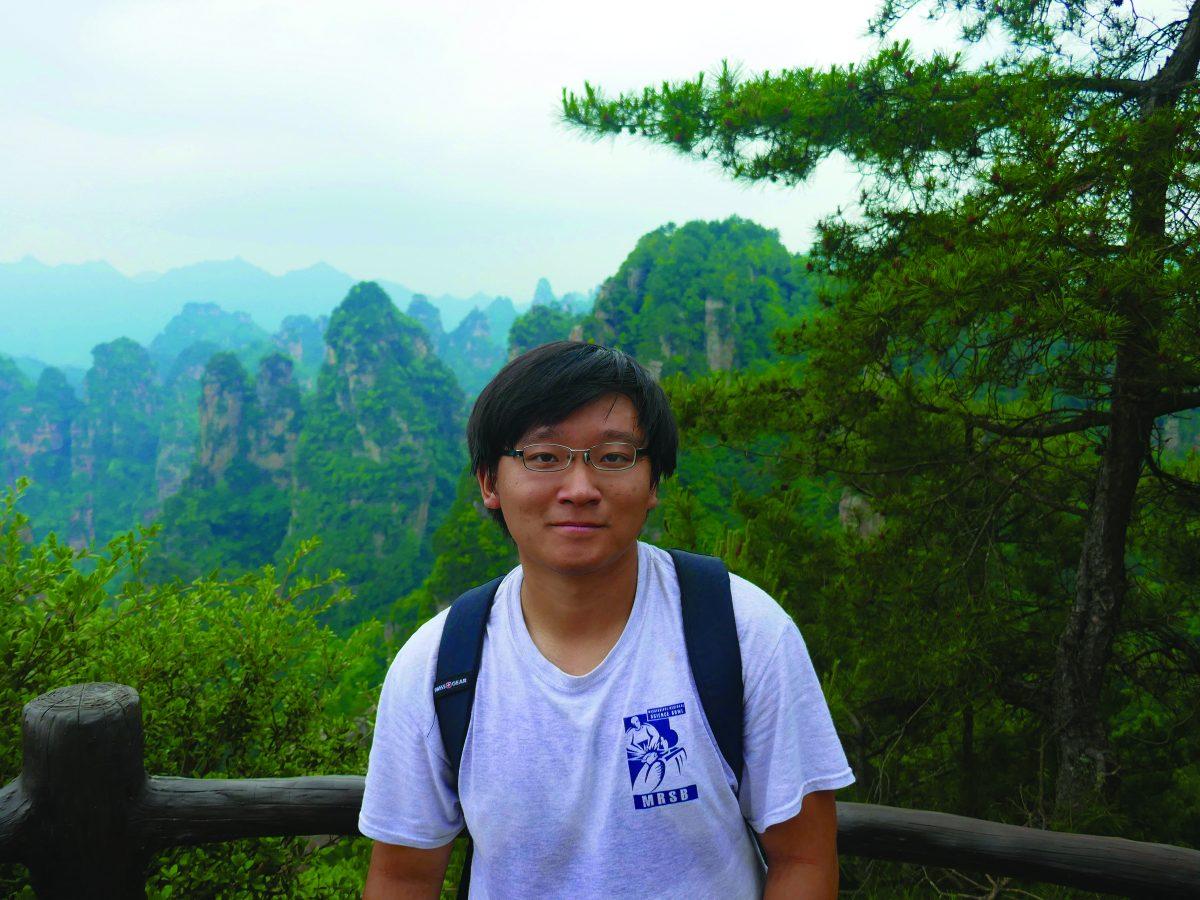As the Spanish influenza ravaged campus in 1918, Mississippi State University (then Mississippi A&M) was brought to a near standstill as all campus efforts were focused on caring for the sick and dying. Along with headlines from the front lines of World War I, The Reflector, then The College Reflector, published in its Oct. 12, 1918 issue saying, “The epidemic of influenza which has been raging over the state in the past week has reached a large proportion of the 1,800 students here at A. and M.” By that time, 14 deaths had already occurred within the student body.
In the Oct. 19, 1918, issue of The College Reflector, reported cases of students catching the flu were falling off, and the Oct. 26, 1918 issue reported that classroom studies and work details were resuming. At the end of the three-week epidemic, 37 students had passed away.
Without the advent that modern pharmaceuticals bring, there was very little that could be done to do more than alleviate an ill person’s discomfort. Some of the treatments given to patients that may have caused more harm than good were: “purging” with Epsom salts supposedly to rid the body of disease-causing germs, a throat spray consisting of creosote, mineral oil and peppermint for flavoring and administering quinine, which did little for a flu patient’s pain. These treatments were then common medical practice.
The campus also maintained strict sanitation during the outbreak. Attendants to the sick were required to disinfect their hands when they entered and left a room reducing the spread of the deadly germs, according to a university archives paper.
Today, if the same 1918 death rate occurred on campus due to the H1N1 flu virus, the death toll would be around 390 people and over 13,000 students would contract the flu. Those rates would not be as likely today due to the infection rate and case fatality rate of H1N1 isn’t as high as the 1918 Spanish flu, according to Dr. Robert Collins, Longest Student Health Center director.
Collins credits early detection of modern strains of flu with containing flu and avoiding mass outbreaks.
“Probably about three or four years ago people started to become concerned about a pandemic flu outbreak,” Collins said. “The thing we most anticipated was the H5N1 [bird flu] in southeast Asia.”
The policy for curtailing a flu outbreak now would look much different than it did 1918. The university would not quarantine students and force them to stay on campus. The health center has a supply of masks and gowns to give to students to protect themselves from contracting the flu. Drive-thru booths would be set up in parking lots to distribute masks, gowns and flu medicines, Collins said.
“The focus would be on limiting personal contact,” Collins said.
The term he said is used to describe how officials would now deal with a mass outbreak is “yo-yo,” short for “you’re on your own.” Collins said the meaning of the saying is for sick people to hibernate, avoid personal contact and recuperate. Also, Collins said although there are contingency plans to house large numbers of the sick, all but the most serious cases of flu would be hospitalized in an event on the scale of the 1918 epidemic.
As World War I continued on, the campus returned to its normal schedule of classes and military drill on Oct. 23. Still, to avoid a return of the flu, campus sanitation was kept as a high priority for the remainder of the semester, according to The Reflector.
The Reflector reported in the Oct. 26, 1918 issue that “The military work is being run on schedule time and new life and spirit is being shown by the in their willingness and eagerness to master the principle of scientific warfare.” Little was reported on the dead, other than the names listed in each issue of The Reflector as the epidemic ensued.
In the context of 1918, where infectious disease was the No. 1 killer, life and the return to normalcy and the war at hand left little time for grieving for the dead, especially as many U.S. servicemen were dying daily in the war. The campus maintained a wartime atmosphere until Nov. 11, 1918 when World War I ended.
Epidemic: Part 2
Donate to The Reflector
Your donation will support the student journalists of Mississippi State University. Your contribution will allow us to purchase equipment and cover our annual website hosting costs.























































































